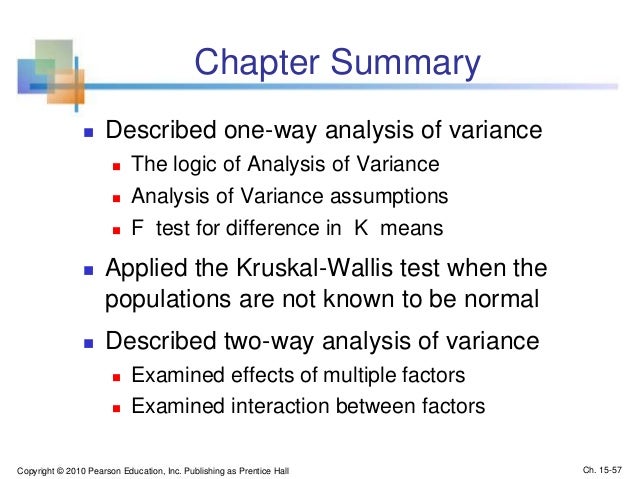

If the organization utilizes a driver-based, flexible budget or plan where production costs come in higher in a period due to increased sales volume, than that may have a positive effect on organizational profit and show that in the budget to actual variance analysis. In addition, variances are relative to an organization’s key performance indicators (KPIs). For example, expenses may have come in higher than planned, but that produces a negative variance to profit. When explaining budget to actual variances, it is a best practice to not to use the terms “higher” or “lower” when describing a particular line time.
#Define activity variance formula how to#
How to Perform Budget to Actual Variance Analysis monthly, quarterly, annually) in enough detail to allow managers to understand what’s happening to the business while not overburdening staff. Most organizations perform variance analysis on a periodic basis (i.e. The basis of virtually all variance analysis is the difference between actuals and some predetermined measure such as a budget, plan or rolling forecast. Are variances being caused by execution failure, change in market conditions, competitor actions, an unexpected event or unrealistic forecast?.

Why are selling, general and administrative expenses higher than last year?.Why did one division, product line or service perform better (or worse) than the others?.

The purpose of budget to variance analysis is to provoke questions such as: Role of Budget to Actual Variance in FP&A What is Budget to Actual Variance Analysis?īudget to Actual Variance Analysis is among one of the key functions for a FP&A professional to perform while on the job.Ī budget to actual variance analysis is a process by which a company’s budget is compared to actual results and the reasons for the variance are interpreted.


 0 kommentar(er)
0 kommentar(er)
